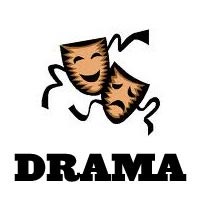Although Shane Acker worked on both the short film and the feature film, there are many things that had to be added or changed in order for the short film to be stretched into the almost 90 minute movie. The storyline needed to remain as similar as possible with extra details in the longer film. The two plots I came up with are as follows.
Short film: 9, the rag doll, figures out that a monster has been stealing the souls of others like him. He sees this when the souls appear out of the artifact he receives from 5. 9 knows he needs to confront the monster instead of run away.
Feature film:When 2 is taken by the post-apocalyptic "beast", 9 is determined to save him with the help of the other rag dolls he meets on his journey. On this adventure, he and his partners learn new secrets of what caused the ending of humanity and how they can save it.
Along with the storyline, there were a few other differences between the two films. Unlike the short film, the feature film used a narrator at the beginning and dialogue throughout the rest of the movie. In the short film, the audience depends on the expressions of the characters to tell the story, but the narrator sets the scene and the rag dolls continue within the story. The feature film also includes multiple characters. The short film follows 9, 5, and the beast while the feature film includes 1,2,3,4,5,6,7,8,9, the beasts created by the brain, the brain, and the scientist who narrates the story. While both films feature a backstory, the short film goes back to when 5 dies and 9 is left alone while the feature film backstory is about how humanity ended.
Whereas the two films differed in some areas, they had to have similarities for the audience to recognize that the feature film is adapted from the short film. The lighting remains the same in both. The dark, eerie mood sets the scene for the post-apocalyptic world (same setting in both movies). The shots are also very similar (close ups and pan movements) to show the expression on the rag dolls' faces and the movements they are making. Both films also use diegetic sound to build a moment. For example, when the beast is coming, the audience can hear the sound of metal crashing.






